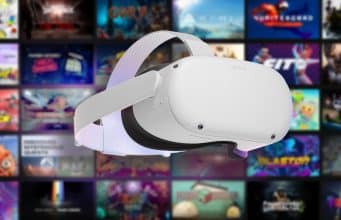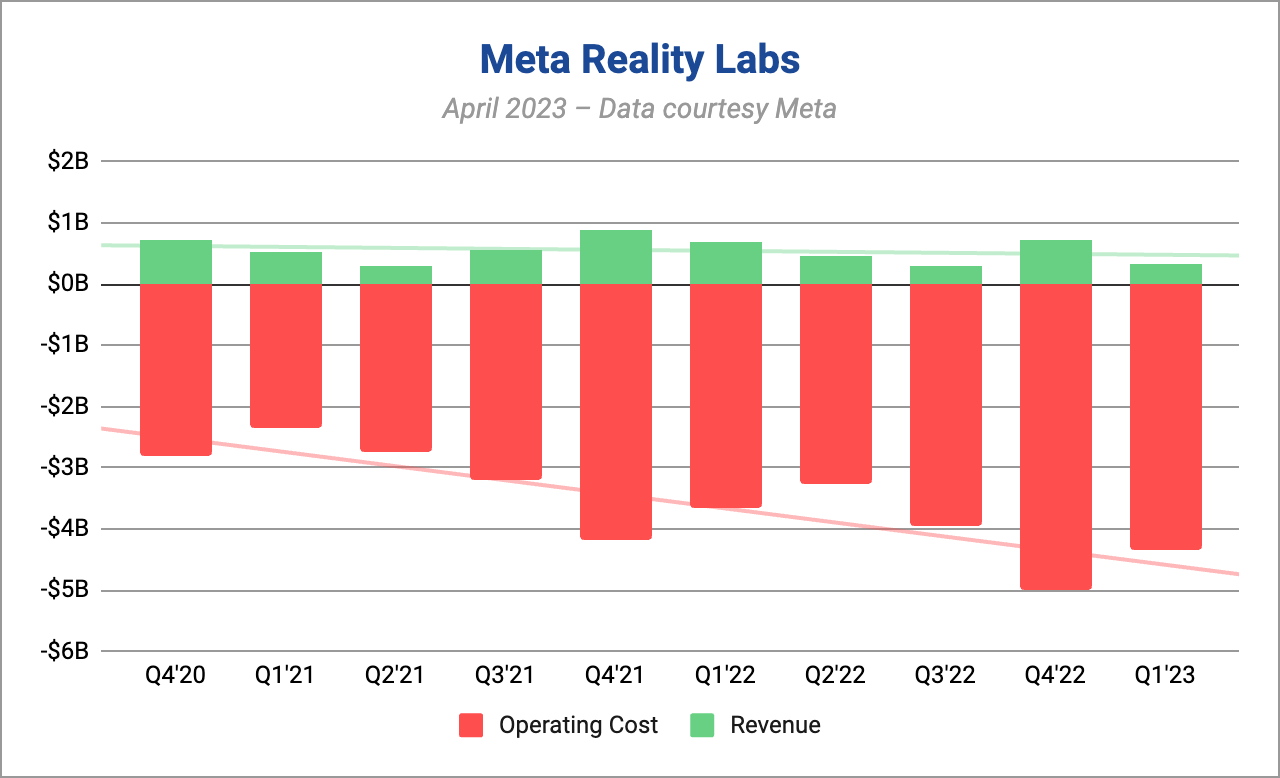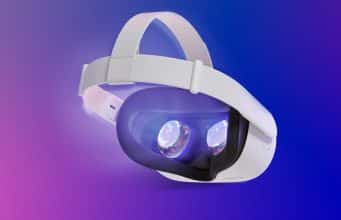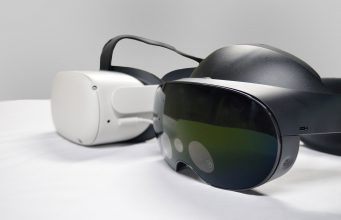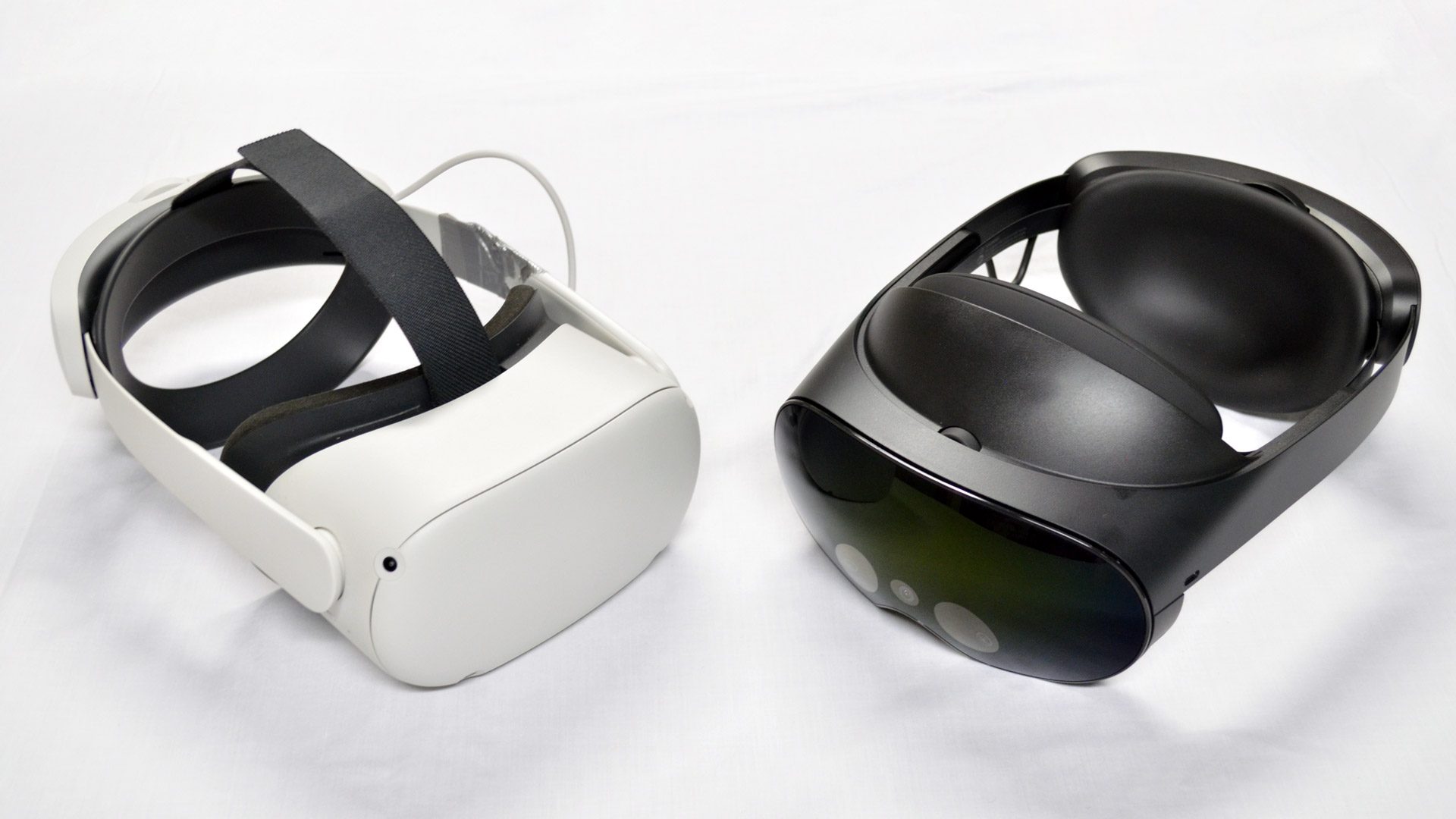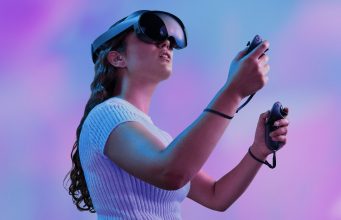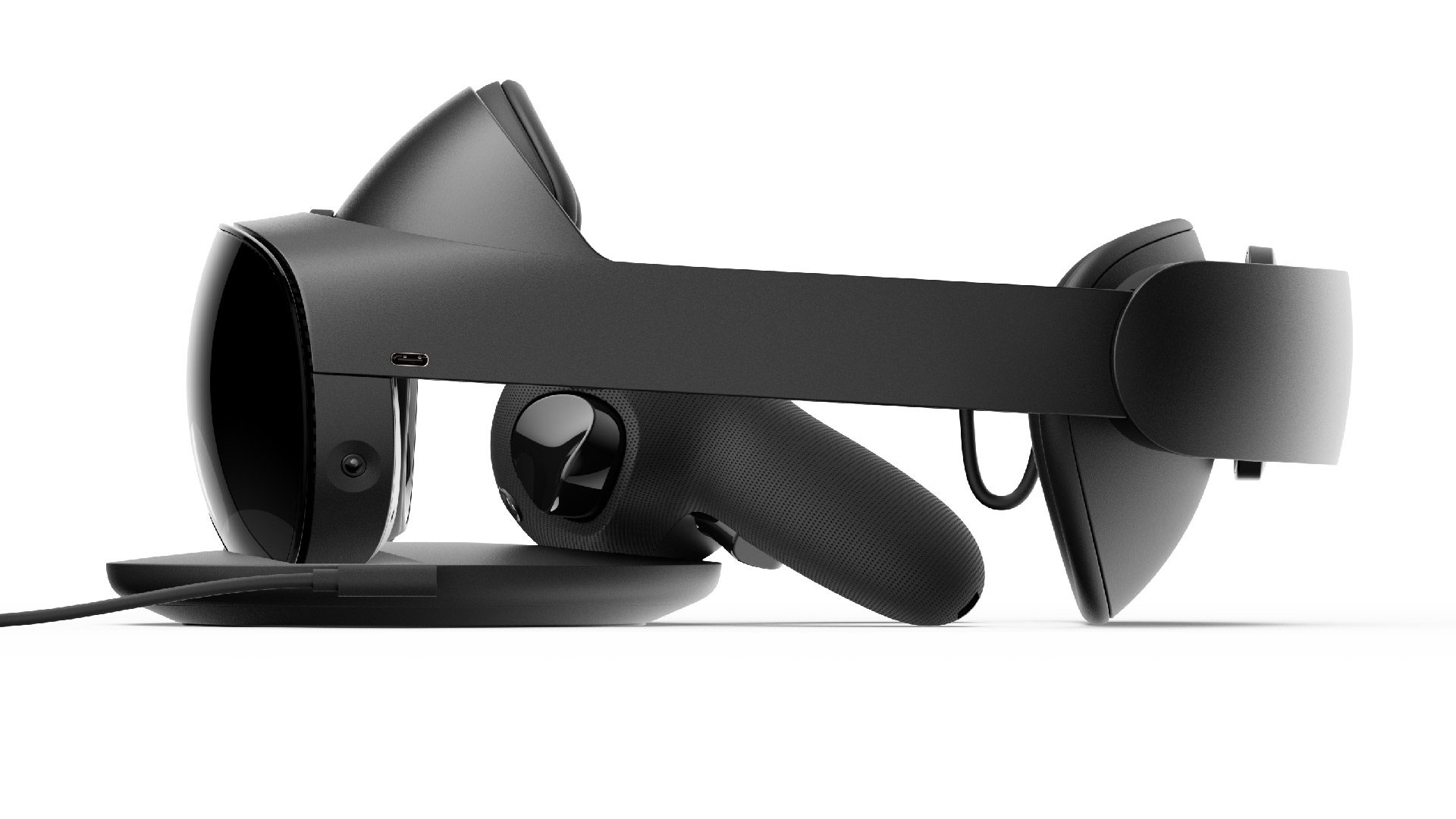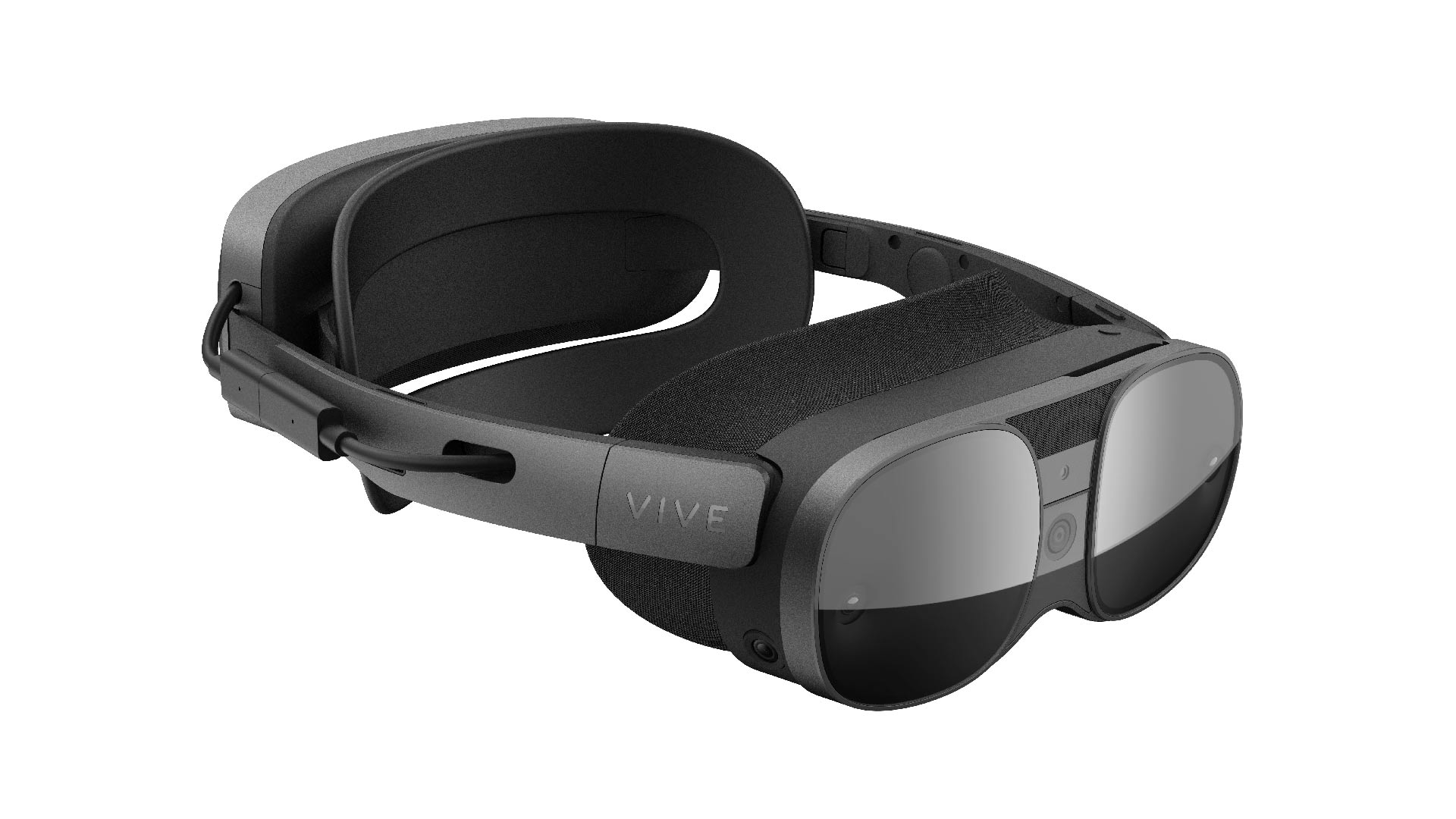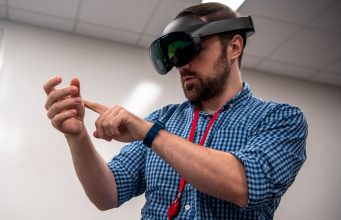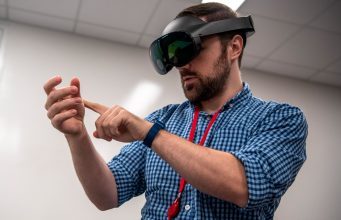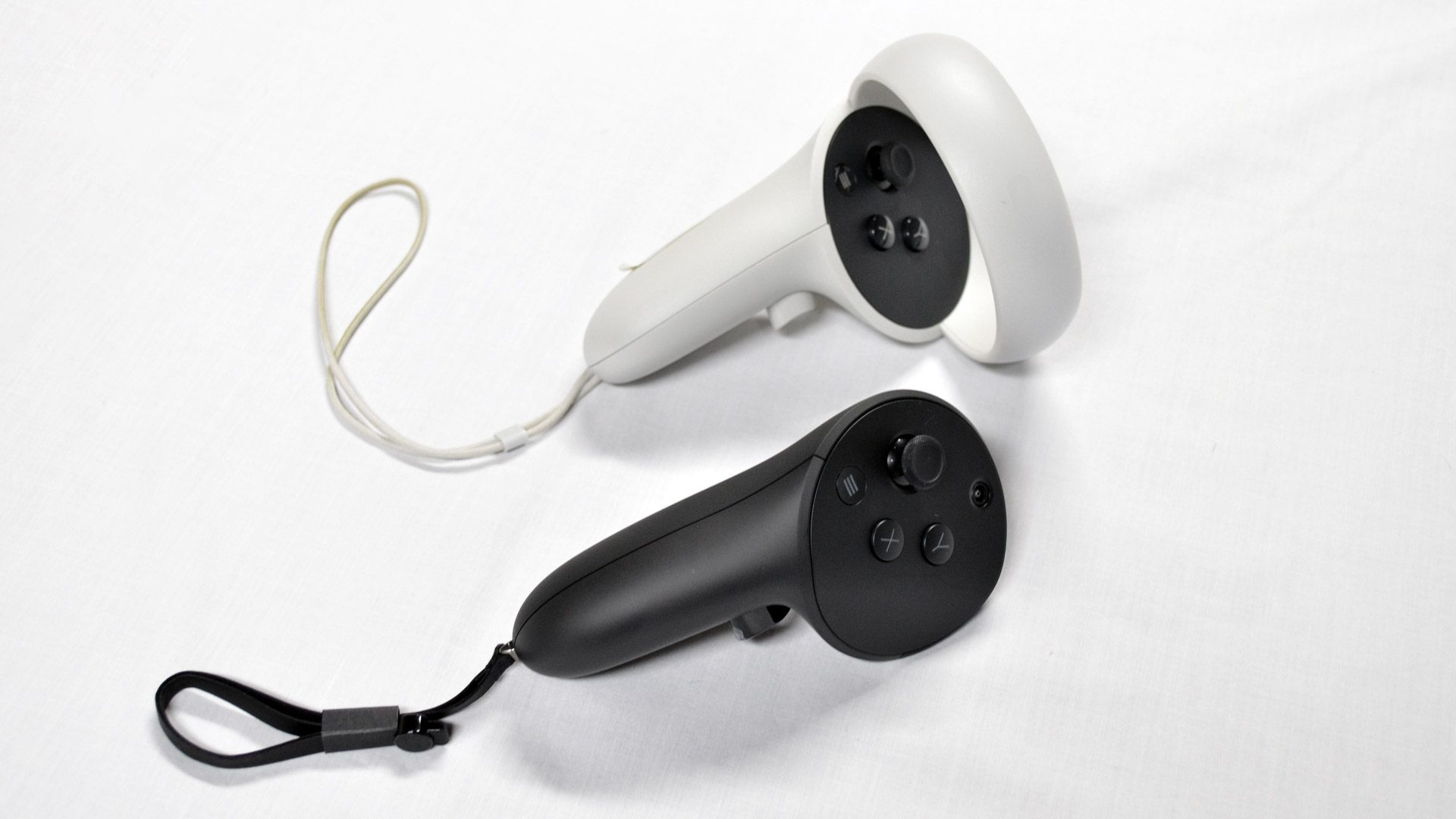Meta to Host Quest Gaming Showcase Just Days Ahead of Rumored Apple Headset Announcement
Meta announced its third annual Quest Gaming Showcase is arriving next month, coming only a few days before Apple’s rumored XR headset announcement at Worldwide Developers Conference (WWDC).
Meta is livestreaming the Quest Gaming Showcase on June 1st, a bit unusual for the company, as it traditionally holds the annual event in late April.
Calling it their “biggest celebration of the depth and breadth of content across the Meta Quest Platform yet,” Meta is slated to share over 40 minutes of content, including a brand-new pre-show covering game updates and debut trailers, starting 15 minutes before the show begins.
Meta says to expect new game announcements, gameplay first-looks, updates to existing games, and more. There’s also set to be a post-show developer roundtable, which will feature conversation around upcoming games.
There could be at least one clue to what’s in store, as we get a brief glimpse at a horned helmet in the showcase’s promo video, which seems very much like Loki’s helmet from Rift exclusive Asgard’s Wrath (2019). Maybe Meta’s Sanzaru Games has slimmed down the Norse-inspired RPG?
Meanwhile, previous reports maintain Apple is finally set to unveil its long rumored mixed reality headset during the company’s WWDC keynote, taking place on Monday, June 5th.
Provided Apple indeed plans to announce its headset at WWDC, Meta could be looking to generate so called ‘strategic noise’ to better manage market reactions, and potentially offset any negative sentiment prior to Apple’s expected announcement—undoubtedly slated to be a pivotal moment for the entire XR industry.
Meta recently released its Q1 2023 earnings report, showing a consistent investment of around $4 billion per quarter into its XR division Reality Labs. With Apple rumored to be unveiling their own XR headset and a host of apps, reportedly set to include everything from fitness to VR/AR gaming, Meta may want to showcase where some of that investment is going.
Who knows? We may even hear more about Meta’s promised Quest 3 at the gaming showcase, which the company has confirmed will “fire up enthusiasts” when its released at some point this year, notably targeting a higher price point than its Quest 2 headset.
To find out, tune into the Quest Gaming Showcase on June 1st at 10AM PT (local time here), livestreamed across the company’s various channels, including Twitch, Facebook, YouTube, and in Meta Horizon Worlds.
Meta to Host Quest Gaming Showcase Just Days Ahead of Rumored Apple Headset Announcement Read More »
